Kaki, or persimmon, is a staple of Japan’s autumn season, offering a unique sweetness and rich nutritional benefits. From fresh, crisp varieties to traditional dried forms, this fruit plays a significant role in Japanese cuisine and culture. In this article, we’ll explore the different types of kaki, their health benefits, and how Japanese people have enjoyed them for centuries. Keep reading to discover why this humble fruit has earned such cherished status!
What is Kaki?
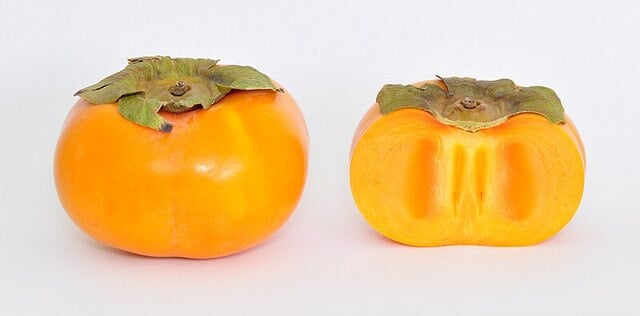
Kaki refers to persimmon, a popular fruit in Japan, particularly enjoyed in the autumn season. Persimmons remain bitter when ripe and hard, so they are shipped after the bitterness is removed using alcohol or carbon dioxide. Sweet persimmons lose their bitterness when ripe, so you can it as it is. In Japan, persimmons are not only eaten fresh but are also dried to make “Hoshigaki” (干し柿), a traditional Japanese delicacy. These dried persimmons are often enjoyed as a sweet snack or used in various dishes. Persimmons also hold cultural significance in Japan, symbolizing autumn and good fortune.
History
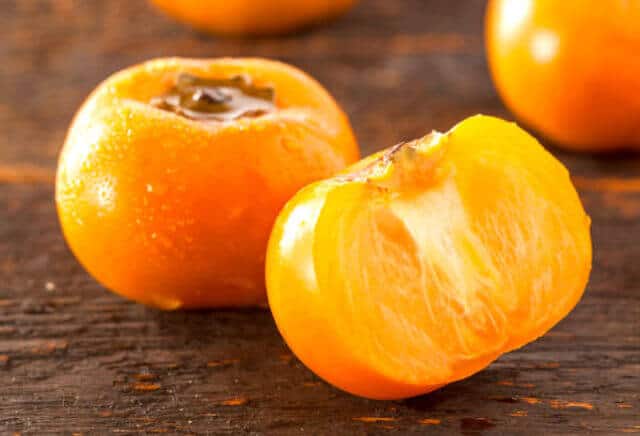
Historians believe persimmons arrived in Japan from China after the Yayoi period, with larger varieties coming around the Nara period. Ancient texts like the *Kojiki* and *Nihon Shoki* frequently mention persimmons, sometimes as place names or personal names. For example, the famous poet Kakinomoto no Hitomaro got his name from a persimmon tree at his residence. During the Heian period, imperial court members cultivated persimmons and used them in ceremonies, festivals, and as treats for the emperor. In earlier times, people only knew astringent persimmons, called “shibugaki.”
Health benefits of Kaki
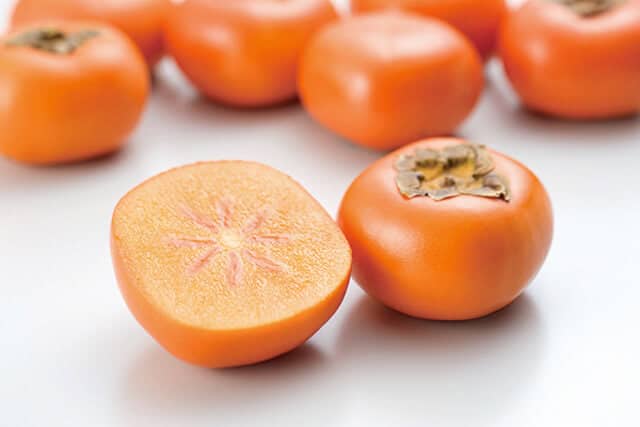
Dietary Fiber
Helps prevent cholesterol absorption and stabilizes blood sugar levels after meals.
Potassium
Aids in excreting sodium (salt) from the body, helping to prevent high blood pressure.
Vitamin C
Increases iron absorption and prevents oxidation in the body. It also aids in collagen production, which keeps the skin firm and elastic and inhibits melanin synthesis, reducing blemishes.
Skin Beautifying Effect
Persimmons, rich in vitamin C, promote skin health by supporting collagen production, inhibiting melanin synthesis, and preventing skin aging. Antioxidant properties also help prevent arteriosclerosis and aging.
How to Select and Store Kaki?
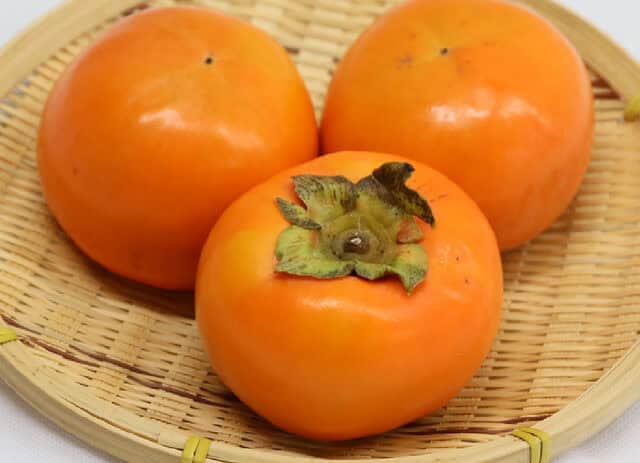
Choose one with a beautifully shaped stem that is attached to the fruit. The skin should be shiny, uniformly reddish in color, and large and heavy. Store them in a plastic bag in the vegetable compartment of the refrigerator. You can slow down the ripening by placing a damp tissue paper over the stem.
Types and Characteristics of Japanese Persimmons
Fuyu Persimmon
Fuyu is the most common and beloved persimmon variety in Japan. It’s large and round with slightly soft flesh. Known for its strong sweetness and juicy, smooth texture, Fuyu is in season from November to December. The Gifu region, particularly around Gifu City and Ogaki City, is famous for Fuyu cultivation.
Jiro Persimmon
Jiro persimmons have a flat shape and firm flesh. They offer a strong sweetness with a crisp texture. Jiro’s peak season runs from October to November. Shizuoka Prefecture, especially Kakegawa and Hamamatsu cities, grows renowned Jiro persimmons.
Sweet Persimmons
This category includes varieties like Fuyu and Jiro, known for their low astringency and high sweetness. Sweet persimmons are juicy and flavorful, typically available from October to December. Ehime and Wakayama prefectures, particularly Saijo and Arida cities, are famous for sweet persimmon production.
Astringent Persimmons
These persimmons are too bitter to eat fresh but become sweet when dried. While astringent when raw, they develop a rich sweetness when dried. Farmers harvest fresh persimmons from October to December, while people enjoy dried persimmons from January to February. Nagano and Yamanashi prefectures, especially Ina and Koshu cities, produce renowned astringent persimmons.
Hiratanenashi Persimmon
Hiratanenashi is a seedless, flat persimmon often used for drying. When dried, it becomes extremely sweet. The fresh fruit is available from October to December. Joetsu City in Niigata Prefecture is famous for Hiratanenashi persimmons.
Hanagosho Persimmon
This small, round persimmon has firm flesh and a strong sweet flavor. Its robust texture provides a satisfying eating experience. Hanagosho is in season from November to December. Matsue City in Shimane Prefecture is known for this variety.
Saijo Persimmon
Saijo persimmons have few seeds and soft flesh, making them ideal for drying. When dried, they become incredibly sweet with a syrupy texture. Fresh Saijo persimmons are available from October to November. Saijo City in Ehime Prefecture is famous for this variety.
How to cut Kaki?

Cut without hitting the seeds
Place the persimmon stem side up and place a knife where the leaves separate, cutting it into 4 equal parts.
Cut to remove seeds
Place the persimmon with the stem facing up, place a knife under the tips of the leaves, and cut into 4 equal parts. Use the blade of the knife to remove the seeds.
FAQ
- What is the most cultivated variety of persimmon in Japan?
The most cultivated variety of persimmon in Japan is the fuyuu persimmon. Produced mainly in Gifu Prefecture, it is characterized by its orange peel and sweet, soft flesh. It accounts for about 25% of Japan’s total persimmon production and is available from late October to mid-December. Fuyu persimmons are loved by many people for their delicious taste.
- How are Japanese persimmons eaten in Japan?
The most common way to eat persimmons is to peel them and eat them raw, and if they are pesticide-free, they may be tasted with the skin. Hard persimmons are ripened at room temperature to bring out their sweetness, and some people freeze them to enjoy the new texture after thawing. Persimmons are also useful as a cooking ingredient, and are used in salads and desserts. Dried persimmons are also used as a preserved food.
- Is it necessary to peel Japanese kaki?
Japanese persimmons are usually peeled and eaten, but if the persimmon is pesticide-free, it can be eaten with the skin. In fact, the skin of the persimmon is rich in nutrients, especially potassium and pectin.
Difference between sweet and bitter kaki

The main difference between sweet and bitter persimmons lies in their astringency:
- Sweet Persimmons: These are non-astringent varieties like Fuyu. They can be eaten raw and are sweet and crisp even when firm.
- Bitter Persimmons: These are astringent varieties like Hachiya. They contain water-soluble tannins, which cause a bitter, puckering sensation when eaten raw. These persimmons must be fully ripened, soaked, or dried to remove the astringency before they can be enjoyed.
The astringency in bitter persimmons is due to the presence of tannins, which dissolve in your mouth and create a bitter taste.
Final Thoughts
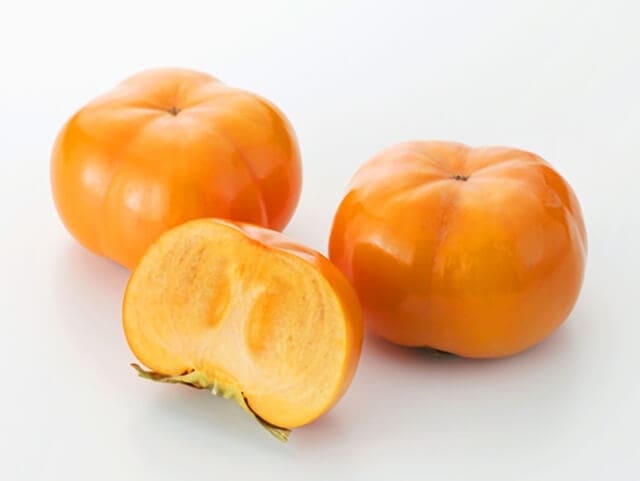
In Japan, people cherish kaki, or persimmon, enjoying it both fresh and dried. Its sweet, vibrant flavor makes it a popular choice in autumn, and cooks use it in a variety of dishes and snacks. With its rich vitamin C content and versatile use, kaki is not only a tasty treat but also an important part of Japanese culinary tradition.
You can check some Japanese confectionery dishes that we know you would like to try too.
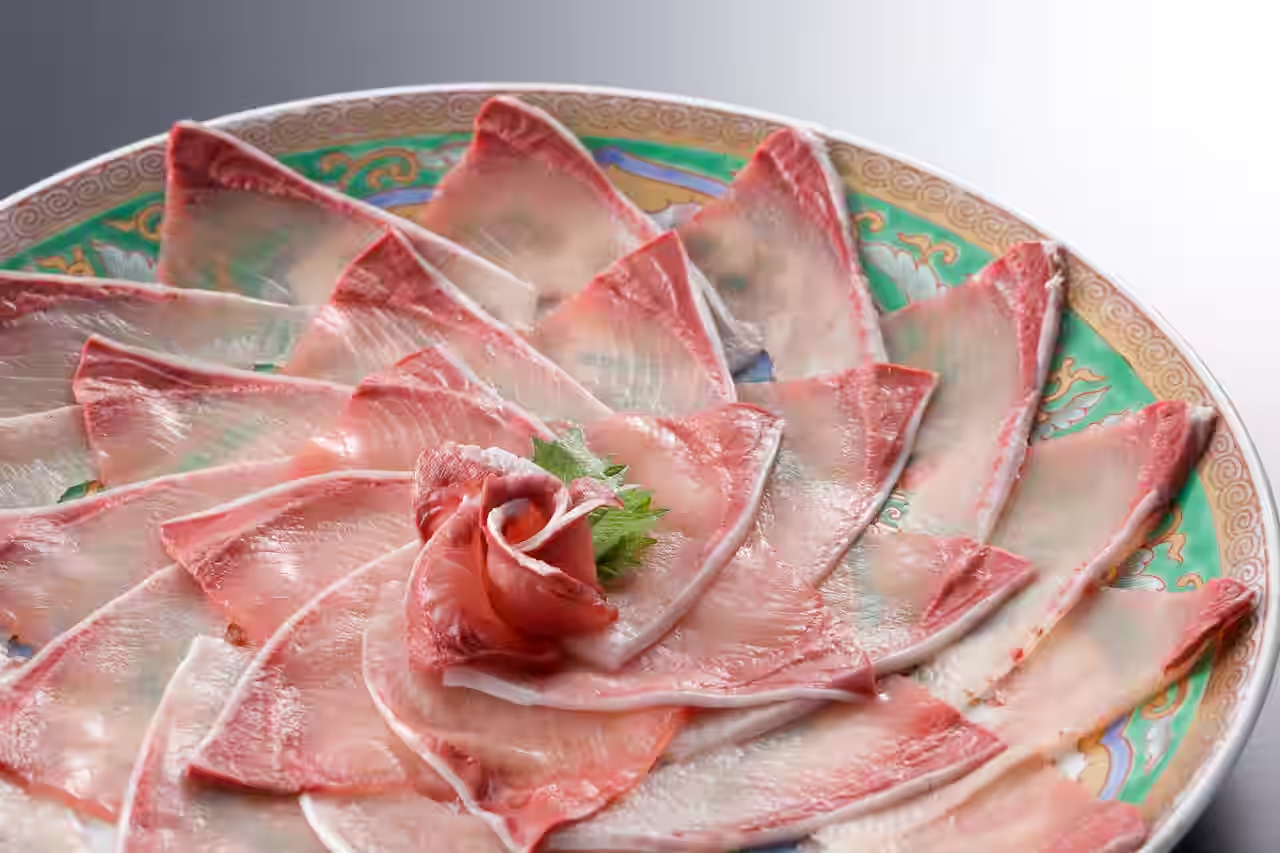
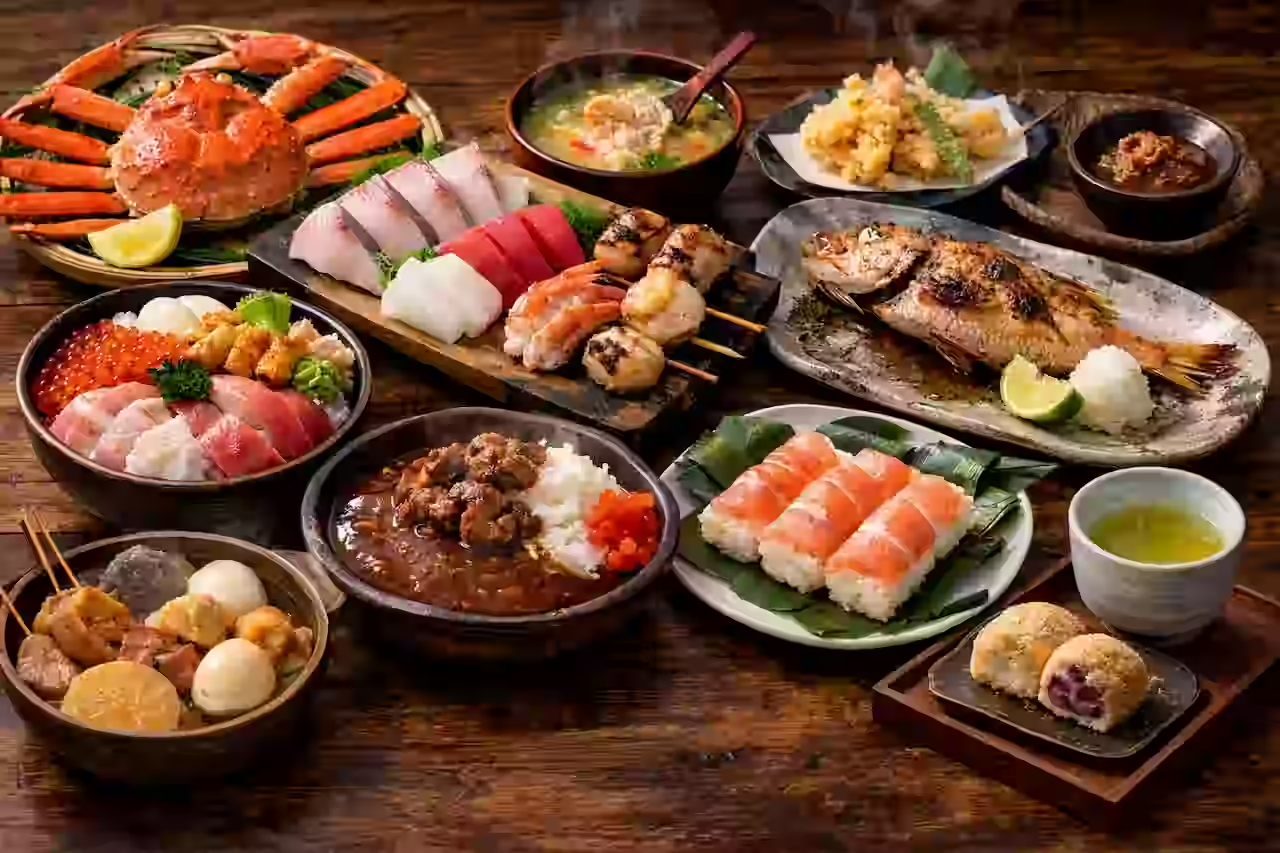
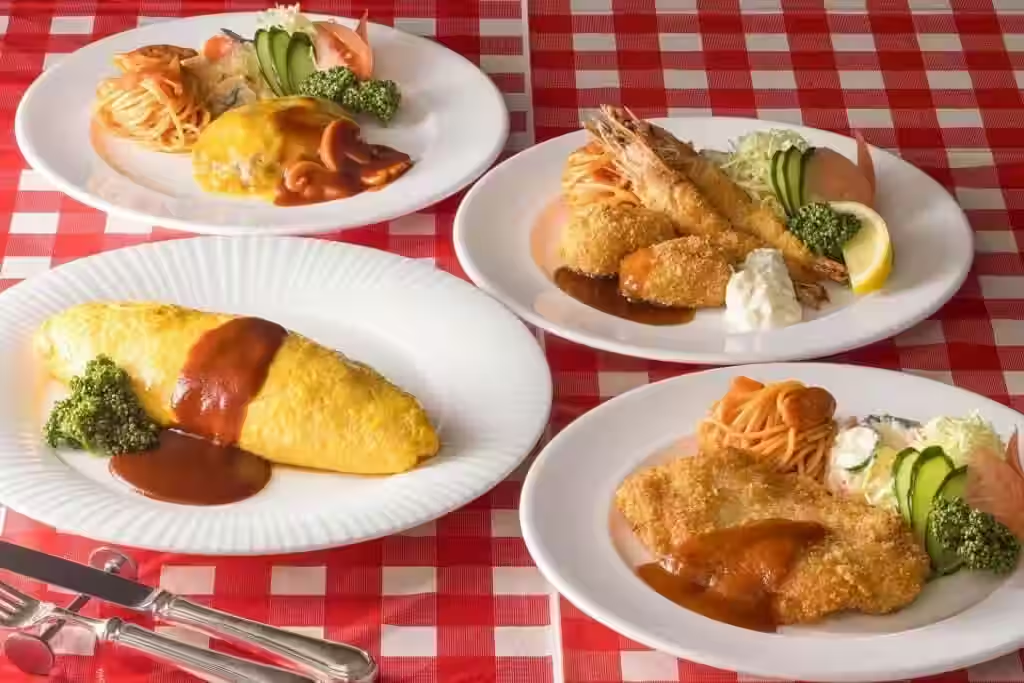
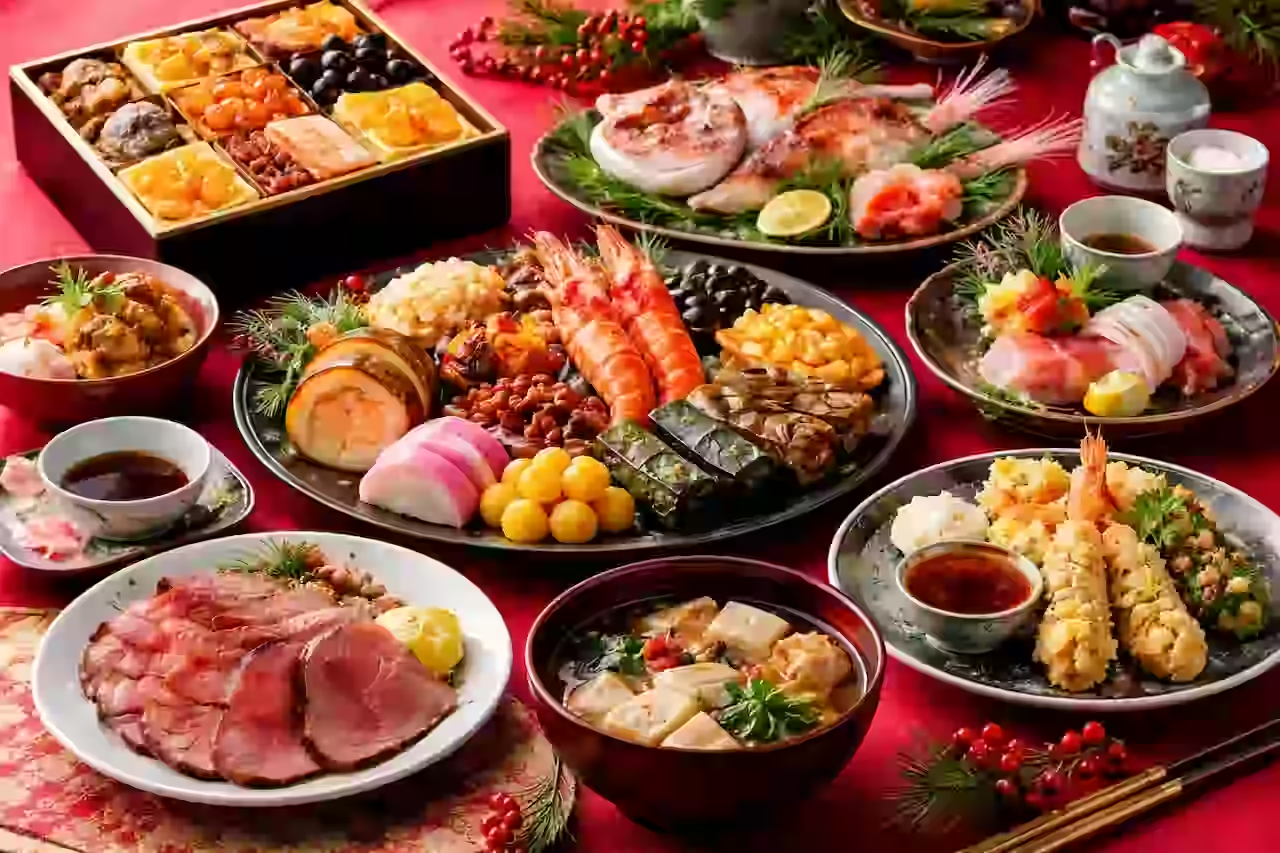
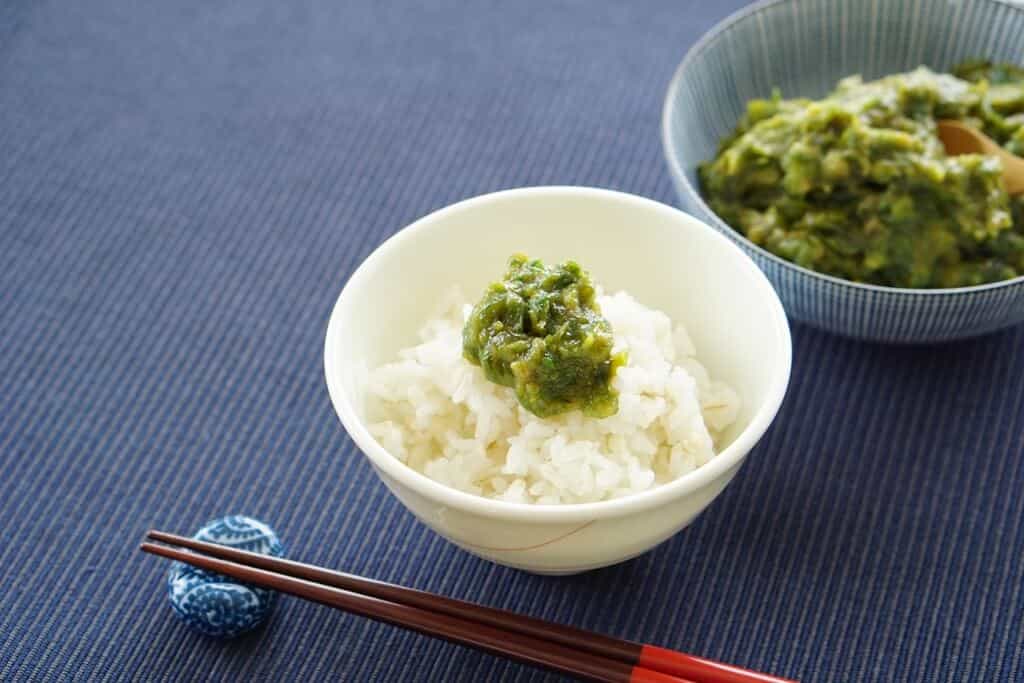

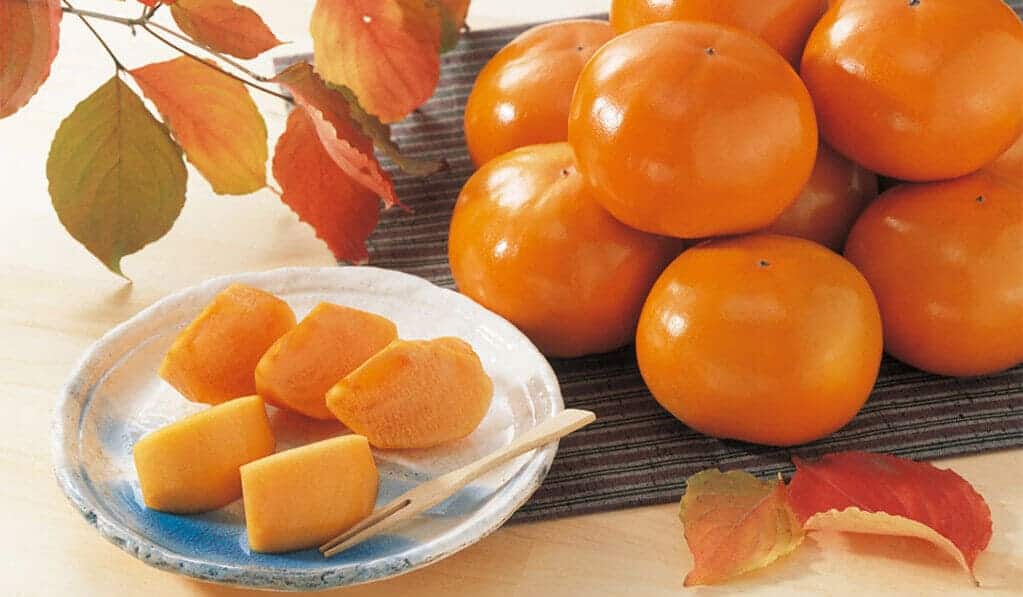
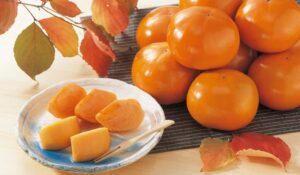
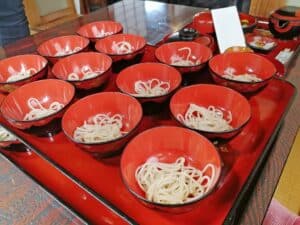
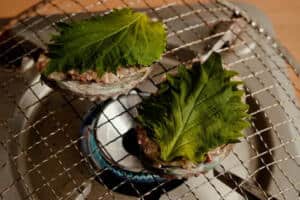
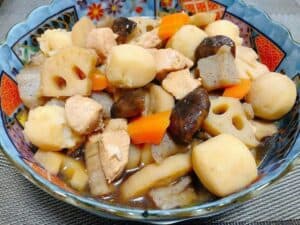

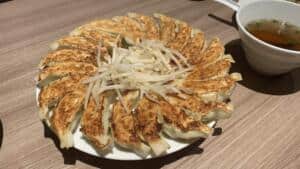
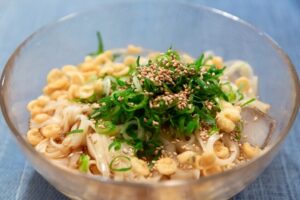
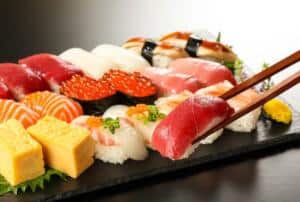
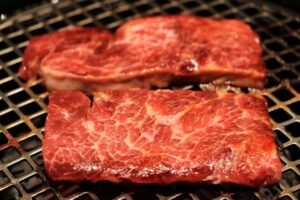
Comments